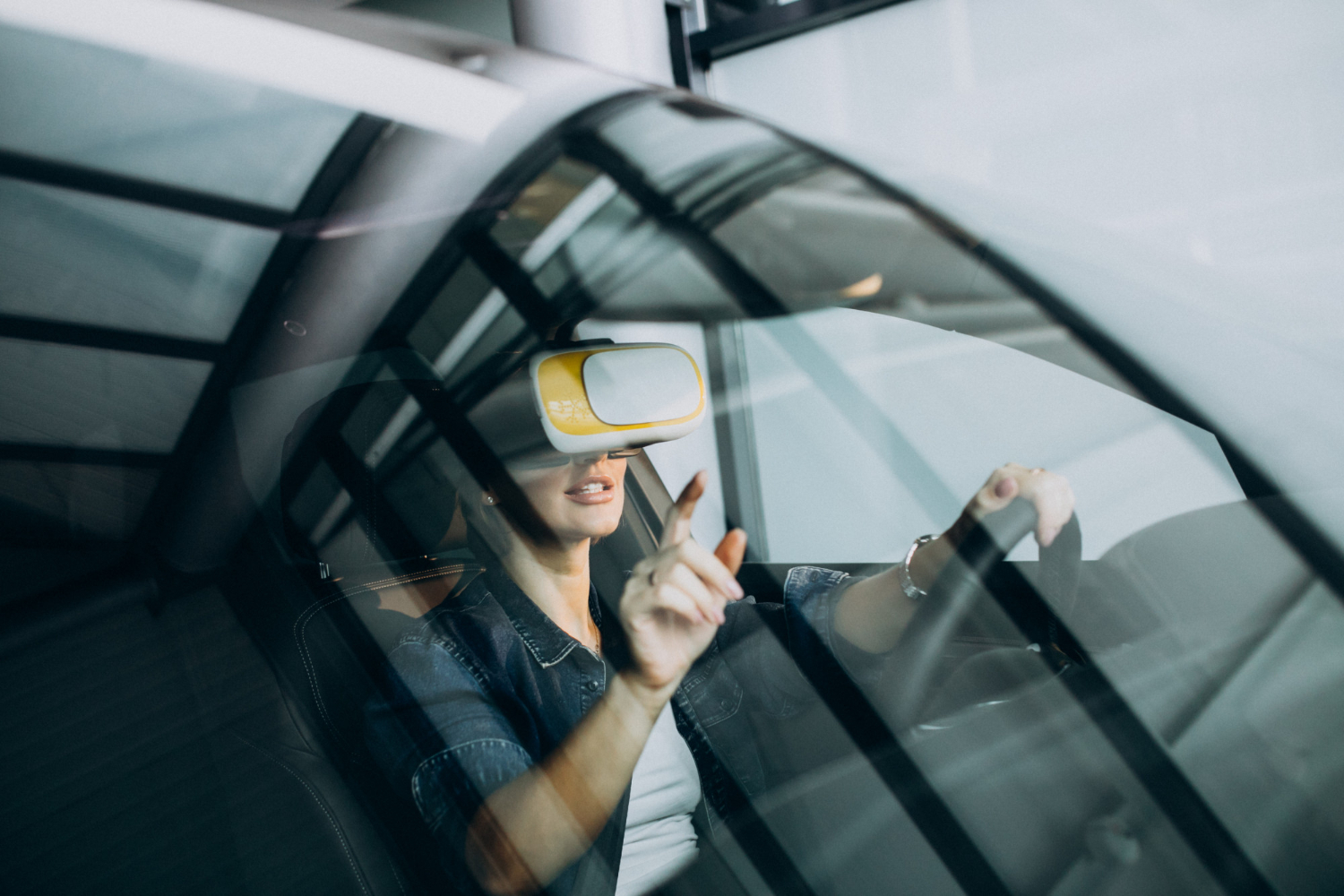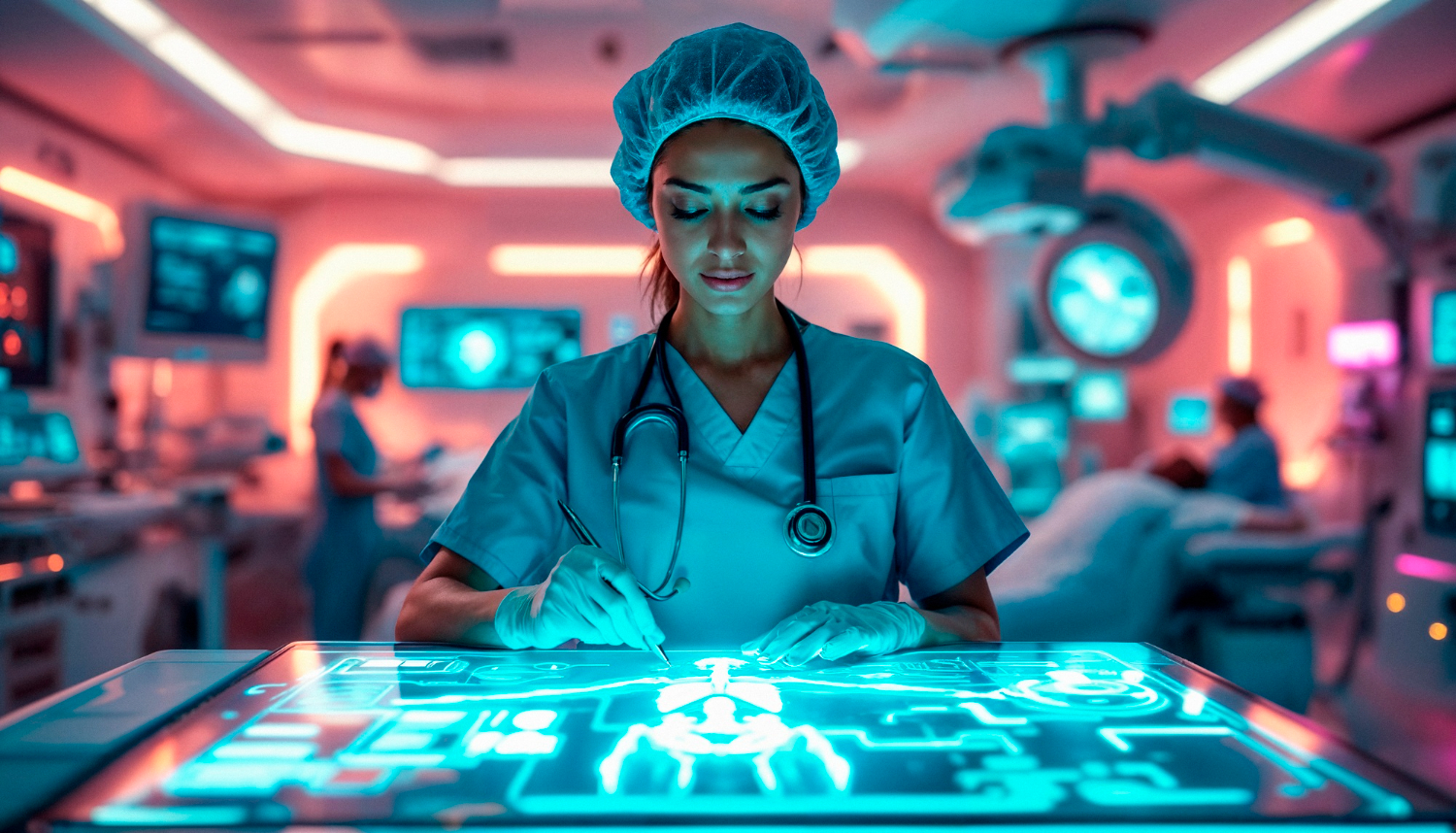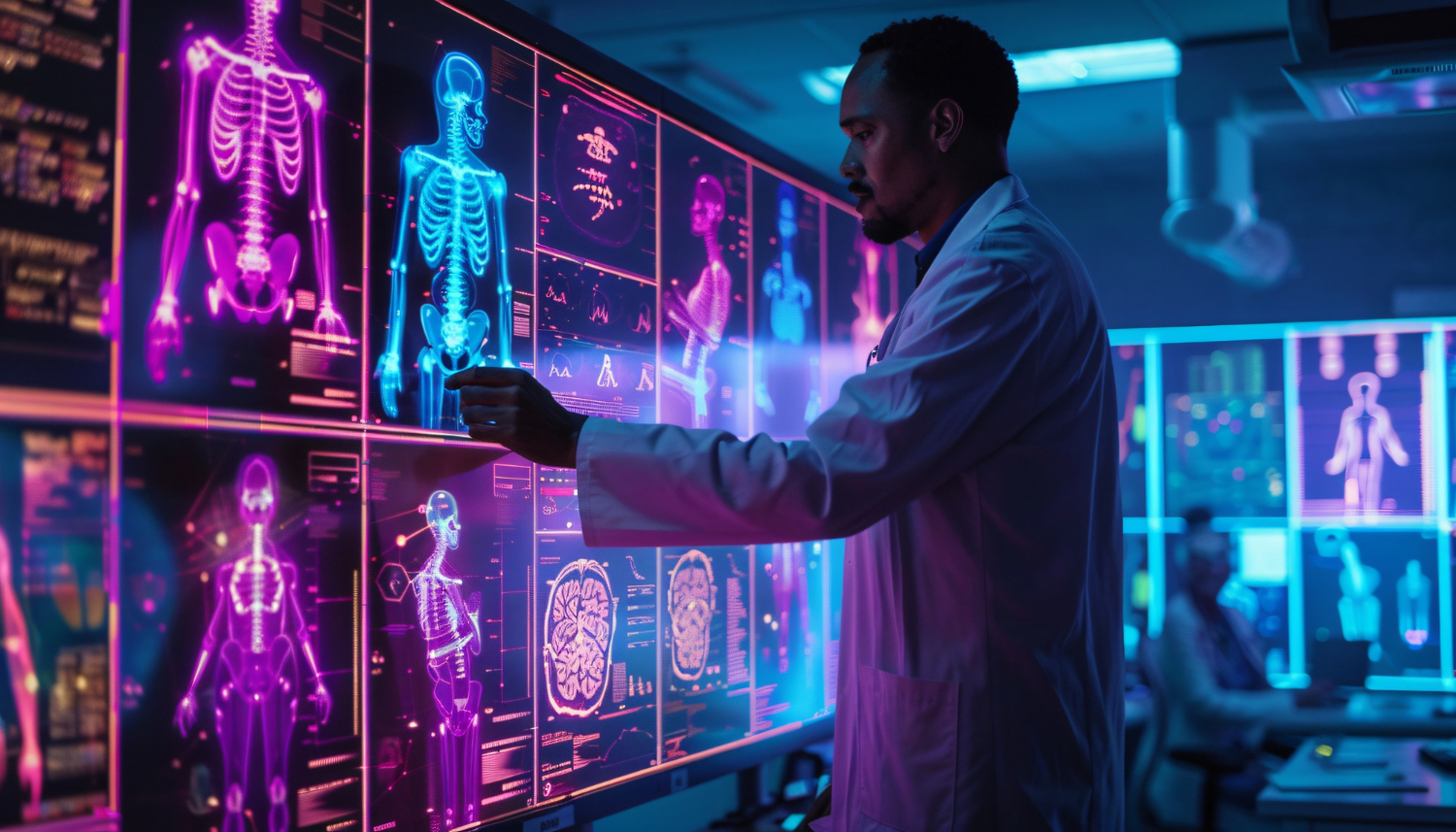Introduction
Computer vision enables computers to interpret visual data from cameras. This field merges with machine learning and deep learning models to let self-driving cars see the world. These vehicles use cameras, radar, and lidar to navigate roads. Yet camera-based systems rely heavily on vision technology.
Self-driving cars must detect pedestrians, signs, lanes, and obstacles. They track moving objects and predict their paths.
They interpret traffic lights. They read road markings. All these tasks solve real world problems in transport.
This article explains how computer vision works in autonomous vehicles. We cover key applications and challenges.
How Computer Vision Works in Vehicles
A self-driving car is a mobile computer. It gathers digital images from front, side, and rear cameras. It processes these frames in real time using computing power from GPUs and specialised chips.
Image processing steps clean the data. The system reduces noise, adjusts brightness, and enhances contrast. Then a convolutional neural network extracts features. A deep learning model uses those features to detect objects.
This pipeline repeats dozens of times per second. It lets the car react to sudden changes.
Read more: Computer Vision Applications in Autonomous Vehicles
Object Detection
Object detection finds and labels items in each frame. A model draws boxes around cars, cyclists, and pedestrians. It also spots traffic signs and signals.
Early systems used simple feature-based methods. Today they use CNNs trained on large data sets. These networks learn patterns in road scenes. They can spot a child near the kerb or a stalled vehicle on the motorway.
Object detection keeps the car safe. It triggers braking or steering corrections when obstacles appear.
Object Tracking
After detection, the system tracks objects over time. This task links boxes across frames. It knows that the same cyclist moves left to right.
Object tracking uses a mix of detection and motion estimation. Kalman filters predict where each object will be. A matching algorithm confirms its new position. This method prevents jitter and lost targets.
In busy traffic, tracking helps the car maintain safe distances. It also aids lane changes and merging.
Lane Detection and Road Markings
Self-driving cars must stay within lane boundaries. Computer vision systems detect lane lines by analysing pixel patterns. They use edge detection and Hough transforms or deep nets trained to segment lanes.
A specialised deep learning model highlights each lane. The car then calculates its offset from the centre. This information controls steering to keep the vehicle centred on the road.
Read more: AI in the Age of Autonomous Machines
Traffic Sign and Signal Recognition
Traffic signs convey speed limits, warnings, and restrictions. The car’s cameras capture these signs. A vision pipeline crops the sign region. A classification model then reads the sign type.
Traffic lights are also crucial. The system detects the light housing, then classifies its colour. Timing of the green, amber, and red phases guides acceleration or braking.
Recognition of temporary signs, like roadworks, requires regular model updates.
Pedestrian and Cyclist Detection
Pedestrians and cyclists are vulnerable road users. The vision system uses object detection to find them. Then tracking predicts their path.
A specialised classifier refines human poses. This detects gestures, like a child stepping onto the road. The car’s control system can then brake earlier.
Extended field of view cameras cover blind spots. This ensures no one is missed when turning or reversing.
Semantic Segmentation
Beyond boxes, the car needs pixel-level scene understanding. Semantic segmentation labels each pixel as road, pavement, vehicle, or traffic sign.
This task uses deep convolutional networks. A U-Net or SegNet architecture processes each image. The result is a detailed map of the scene.
Segmentation helps the car avoid debris, follow road edges, and spot obstacles on the carriageway.
Read more: Image Segmentation Methods in Modern Computer Vision
Depth Estimation and 3D Reconstruction
Cameras provide 2D images. Depth estimation recovers 3D information. A stereo camera setup or monocular depth network predicts distance to each pixel.
These depth maps feed into 3D reconstruction. The car builds a point cloud of its environment. This complements lidar and radar. It refines obstacle positions and road curvature.
Sensor Fusion
No single sensor is perfect. Vision combines with radar and lidar in a process called sensor fusion. An AI model weighs each input.
For example, radar detects metal vehicles in fog. Cameras spot colour-coded signals.
Fusion gives robust object detection and tracking. It improves reliability in poor weather or low light.
Real-Time Video Processing
Self-driving cars run vision pipelines at 30 fps or more. Efficient code and hardware acceleration make this possible. Optimised libraries and low-level C++ code speed up convolution and matrix ops.
An end-to-end deep learning model may run in one pass. This reduces latency. Real-time performance ensures the car can react in milliseconds.
Read more: AI for Autonomous Vehicles: Redefining Transportation
Training Data and Simulation
Training a vision system needs vast labelled data sets. Engineers collect millions of real road images. They also use simulators to generate rare events, like a deer crossing at night.
Simulation speeds up training and testing. A virtual world can vary weather, lighting, and traffic. The model learns to handle diverse scenarios before hitting real roads.
Challenges and Safety
Vision algorithms must handle occlusion, glare, and shadows. A car may face direct sunlight or headlight glare. Algorithms need to adapt to these conditions.
Fail-safes include fallback to human drivers or safe-stop modes. Regular software updates and model retraining fix new edge cases as they arise.
Behaviour Prediction and Path Planning
Self-driving cars must not only see but also anticipate. Behaviour prediction uses object tracking data. The system notes how a pedestrian or cyclist moves.
It then forecasts their next steps. This helps plan safe manoeuvres.
Path planning takes these forecasts and maps a route. The car’s software computes trajectories that avoid collisions. It balances speed and safety. If a cyclist veers into the lane, the car slows or changes course smoothly.
A deep learning model refines predictions over time. It learns from millions of driving scenarios. This improves path planning in complex urban settings.
Read more: Computer Vision, Robotics, and Autonomous Systems
Driver Monitoring and Cabin Vision
Even autonomous vehicles may need human supervision. Driver monitoring systems use cameras inside the cabin. They track the driver’s gaze and head position. If the driver looks away for too long, the system alerts them.
Cabin vision also detects seatbelt use and child presence. A model classifies each passenger’s position. It then checks if safety restraints are fastened. This reduces risk in real-world use.
Future systems may recognise driver fatigue or distraction. They could then offer to hand control back to the human more safely.
Mapping and Localisation
Self-driving cars rely on high-definition maps. These maps include lane geometry, traffic sign positions, and speed limits. Vision systems align real-time video with map data.
Localisation fuses camera input with GPS and inertial sensors. It keeps the car on its intended path, even if GPS signals drop. Cameras match landmarks—like buildings or road signs—to map features. This ensures accurate positioning in towns and cities.
Automated map updates also use vision. Fleets of vehicles scan roads and upload new images. AI processes these images to detect changes, such as added lanes or new speed restrictions. This keeps maps current without manual surveys.
Maintenance and Over-the-Air Updates
Computer vision also supports vehicle health. Cameras inspect tyre tread through low-mounted cameras. The system flags wear and tear. It can also detect body damage after minor collisions.
Self-diagnosis tools use vision to check lights and sensors. If a headlight is dimming, the car logs a fault. It then notifies the owner or service centre.
Over-the-air (OTA) updates push new vision algorithms to the fleet. As models improve, cars receive updates to detection and tracking software. This enhances safety without requiring a workshop visit.
Regulation and Testing
Autonomous vehicles face strict regulation. Vision systems must pass safety tests in varied environments. Regulators require data from rain, snow, or glare conditions.
Testing uses both simulation and real roads. In simulation, cars drive virtual worlds with rare edge cases. On real roads, fleets collect data under supervision. AI models undergo continuous validation before each OTA release.
Clear documentation and audit trails help meet legal requirements. Vision logs record each decision made by the system. This traceability supports investigations after incidents.
Read more: Machine Learning and AI in Modern Computer Science
Future Directions
Vision in self-driving cars continues to evolve. Research explores transformer-based vision models. These models learn long-range context in images. They may improve detection in crowded scenes.
Improved edge AI chips will boost computing power in cars. This allows even deeper networks to run on board in real time.
Research on unsupervised and self-supervised learning aims to reduce the need for labelled data. This speeds up development and cuts costs.
How TechnoLynx Can Help
At TechnoLynx, we build full-stack computer vision systems for autonomous vehicles. We handle data collection, annotation, and model training. Our engineers integrate vision pipelines with control software and sensor fusion.
We optimise performance for in-vehicle GPUs and edge AI chips. Whether you need object detection, segmentation, or tracking, we deliver reliable solutions tested under real conditions. Partner with TechnoLynx to accelerate your journey toward safe, self-driving cars.
Continue reading: Advanced decision-making with Computer Vision (CV) analytics
Image credits: Freepik













